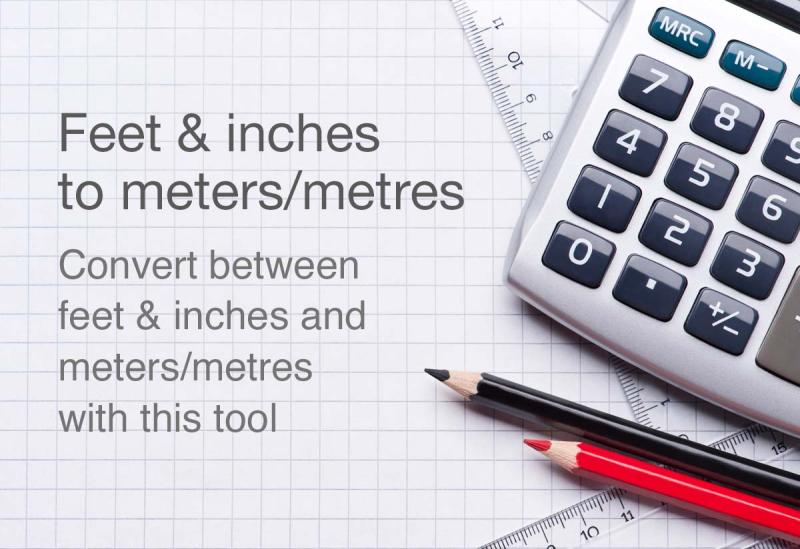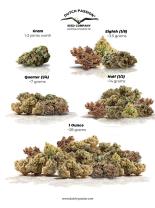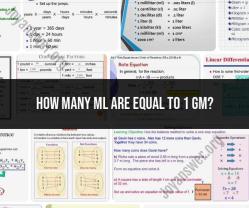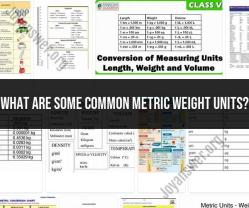What is the difference between feet and meters?
Feet and meters are both units of length or distance measurement, but they belong to different systems of measurement and have different scales. Here's a basic understanding of the difference between feet and meters:
Feet:
- The foot is a unit of length in the customary or imperial system of measurement, primarily used in the United States and a few other countries.
- In the customary system, 1 foot is equal to 12 inches.
- 1 foot = 0.3048 meters approximately.
Meters:
- The meter is a unit of length in the International System of Units (SI), which is widely used globally.
- It is the base unit of length in the SI system and is defined as the distance that light travels in a vacuum in 1/299,792,458 seconds.
- The meter is the preferred unit of measurement in most scientific, engineering, and international contexts.
In summary, the key difference between feet and meters is that they belong to different systems of measurement, with meters being part of the metric system (SI) and feet being part of the customary or imperial system. The meter is the standard unit of measurement for length in most of the world, while the foot is used in specific regions like the United States and some other countries. To convert between feet and meters, you can use the approximate conversion factor of 1 foot being equal to 0.3048 meters.
Feet vs. Meters: Understanding the Differences
Feet and meters are both units of length, but they belong to different measurement systems. Feet are part of the imperial system, which is commonly used in the United States, Liberia, and Myanmar. Meters are part of the metric system, which is the international standard for measurement.
Here is a table summarizing the key differences between feet and meters:
| Feature | Feet | Meters |
|---|---|---|
| Measurement system | Imperial system | Metric system |
| Symbol | ft | m |
| Base unit | Inch | Meter |
| Conversion factor | 1 ft = 0.3048 m | 1 m = 3.28084 ft |
| Common uses | Measuring height, length, and distance | Measuring height, length, distance, and scientific quantities |
Comparing Length Units: Feet and Meters
One meter is equal to 3.28084 feet. This means that a meter is slightly longer than a yard, which is three feet.
Here is a table comparing common lengths in feet and meters:
| Length | Feet | Meters |
|---|---|---|
| 1 inch | 0.0833 | 0.0254 |
| 1 yard | 3 | 0.9144 |
| 1 foot | 1 | 0.3048 |
| 1 human height (average) | 5.5 | 1.68 |
| 1 room length (average) | 10 | 3.05 |
| 1 football field length | 300 | 91.44 |
When to Use Feet and Meters for Measurement
The choice of whether to use feet or meters depends on the context. In the United States, feet are commonly used for measuring height, length, and distance in everyday situations. For example, you might measure your height in feet and inches, or you might say that your house is 2,000 square feet.
Meters are more commonly used in scientific and engineering contexts, as well as in international trade and communication. For example, you might measure the speed of a car in meters per second, or you might say that the distance between two cities is 100 kilometers.
Here is a table summarizing when to use feet and meters:
| Context | Use |
|---|---|
| Everyday measurements in the United States | Feet |
| Scientific and engineering measurements | Meters |
| International trade and communication | Meters |
In general, it is a good idea to use the measurement system that is most common in the context in which you are communicating. This will help to avoid confusion and ensure that your measurements are understood by others.












